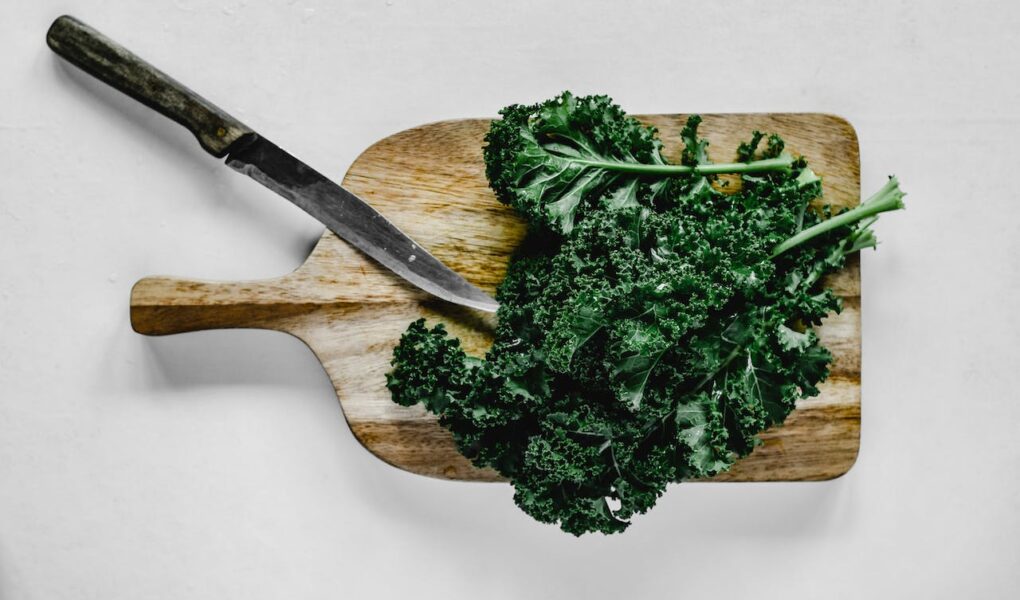Kale is a nutrient-dense leafy green vegetable that is rich in vitamins A, K, and C, as well as minerals like calcium and potassium. It’s a versatile ingredient that can be used in a variety of dishes, from salads and stir-fries to smoothies and soups. However, like all fresh produce, kale has a limited shelf life. If you’ve ever found yourself with more kale than you can use before it wilts, you might have wondered if there’s a way to preserve it. The good news is, you can freeze kale to extend its shelf life and have it on hand for future use.
Freezing kale is a relatively simple process that involves blanching the leaves to kill enzymes that can cause the kale to become bitter over time. This process also helps to preserve the color, flavor, and nutritional value of the kale. Once blanched, the kale can be packed into freezer bags and stored in the freezer for up to six months. This means you can enjoy this nutritious green vegetable even when it’s out of season or use it as a convenient addition to your meals.
Freezing kale is a great way to preserve it for later use. Here are the steps to freeze kale:
- Gather your supplies: You’ll need as much kale as you plan to freeze, along with a few simple kitchen tools, including a knife, large pot, large bowl, colander or strainer, four clean kitchen towels, tongs, and a slotted spoon.
- Wash and trim the kale: Rinse the kale leaves under running water to remove dirt, bugs, and other debris. Cut the very ends off the stems, and then cut the stems into one-inch pieces. You can either leave the leaves whole, cut them into strips, or cut them in half for storage.
- Prepare your water: Fill a large pot with water and bring it to a boil over medium-high heat. Fill a large bowl with equal parts ice and cold water.
- Boil the stems: When the water is boiling, add the pieces of kale stem and boil them for three minutes.
- Blanch the leaves: Using tongs, place the kale leaves into the boiling water. Boil the greens for 2.5 minutes.
- Freeze the kale: You can freeze whole bunches of kale by placing the leaves in an airtight freezer bag. Squeeze out as much air as possible before you seal and freeze.
Remember, blanching kale before freezing prevents the leaves from turning bitter, helps maintain their color, and extends storage life. Blanched kale can be frozen for up to six months.
Checkout this amazing Recipe: Kale Quinoa Avocado Salad and enjoy!
What does kale taste like?
Unlock the culinary wonder of kale – a leafy superhero that stands bold and robust in flavor! Picture this: a taste that goes beyond the ordinary, heartier than your run-of-the-mill lettuce or cabbage. Kale’s profile boasts a unique blend of bitterness and earthiness, creating a symphony for your taste buds. But wait, the kale kingdom has diversity – it flaunts a variety of colors and textures, each contributing its own twist to the kale tale.
Embark on a raw adventure, and you’ll find kale leaves that are not your average greens. They’re tough, they’re crunchy, and they’re delightfully dry, packing a punch with a strong taste that sets them apart. No spice here – kale takes a detour from the fiery paths of arugula or rocket, offering a bold alternative.
Here’s the secret: age matters in the kale realm. The more mature the leaf, the heartier the texture, both in the leaves and the stem. Yet, don’t be fooled by appearances – the young kale leaves are the soft, thin rebels with a milder taste rebellion.
Yearning for sweetness? Enter Red Russian kale, the kale with a sugary twist, ready to dance on your palate with a flavor that sings sweeter than its kale companions.
To sum it up, kale isn’t just a leaf – it’s a taste adventure. Strong, earthy, and a hint of bitterness, all bundled up with a texture that boldly stands out from the leafy green crowd. Say goodbye to the mundane; kale is here to elevate your flavor game!













